Here Are 5 Artists in the Artnet Gallery Network That We’re Watching This April
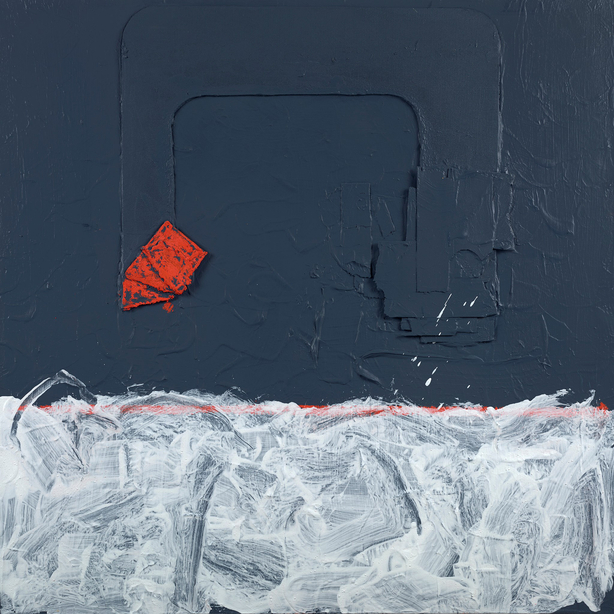

Artnet Gallery Network

At the Artnet Gallery Network, our goal is to discover new artists each and every month. We sift through the thousands of talented artists on our site to select a few we find particularly intriguing right now.
Amid many new shows opening this month, we’ve chosen five artists on view that we think you should know about, at spaces from Denver to Osaka. Check them out below.
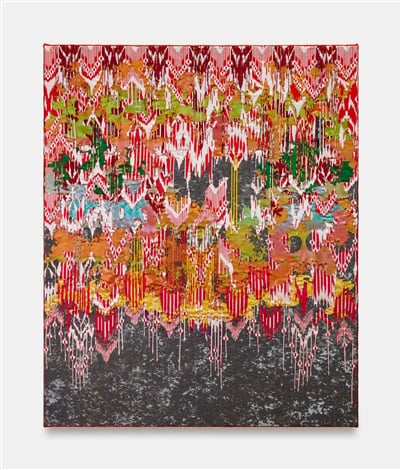
Gulnur Mukazhanova, Moment of the Present #26 (2021). Courtesy of Galerie Michael Janssen.
Berlin-based artist Gulnur Mukazhanova centers her practice on the motifs and rituals of her native Kazakhstan. In this exhibition, the artist presents works that incorporate aspects of the fabrics and carpets traditionally used during celebrations in Kazakh cultures. References to the Tus-Kiz, an embroidery traditionally made by women and incorporated into wedding rituals, feature prominently. But while such textiles were often used symbolically to mark hopes for prosperity and happiness, here the artist reinterprets them as disguises for the darker realities of strict cultural norms.
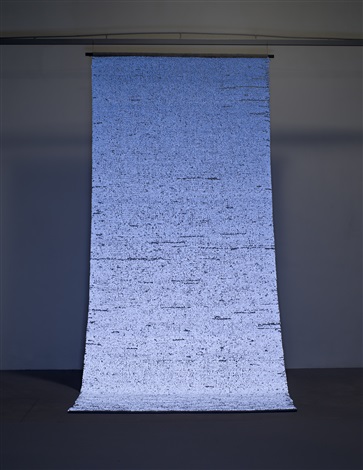
Tünde Újszászi, Sphere Series V01 (2018). Courtesy of Galerie Pugliese Levi.
Hungarian artist Tünde Újszászi is fascinated by the ways materials themselves can change or be changed over time. To make her works she engages with special weaving techniques and intricate processes of folding canvases in methodical and repetitive gestures that the artist sees as a way of stopping time.
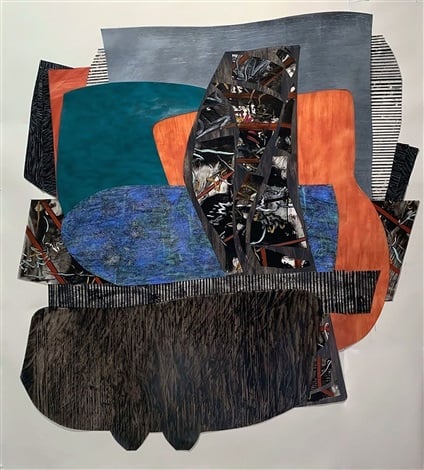
Nanette Carter, Cantilevered (2020). Courtesy Gallery Yukiko Nakajima.
American artist Nanette Carter’s works often have the look of collaged papers and fabrics. In her paintings, she combines and layers geometric shapes in various patterns. In “Cantilevered,” an ongoing series begun in 2013, Carter paints cairn-like towers of these abstract elements as a metaphor for the various responsibilities and identities we are asked to occupy in contemporary times. Meanwhile, “Afro Sentinels,” her most recent series, features abstracted warriors who are meant as protective symbols for all Black and brown people.
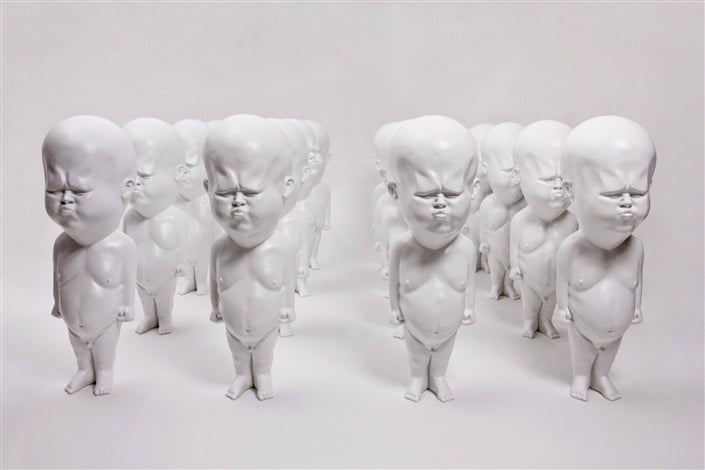
Viktor Frešo, Birth of Niemand (2017). Courtesy of K Contemporary.
Viktor Frešo’s artworks use exaggerated self-portraiture as means of evoking emotions from his viewers. In his first exhibition at Denver’s K Contemporary, Frešo presents a series of his well-known sculptural character “Pičus,” a figure characterized by its disproportionately oversized head and angry facial expression. “The figure evokes the essence of negative emotions that people try to hide all of their life, while his physicality simultaneously reminds us of the ridiculousness and insignificance of his self-proclaimed importance and arrogance,” explained Frešo.
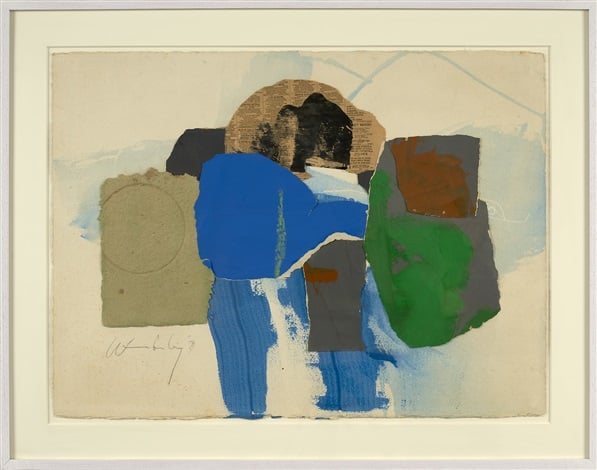
Frank Wimberley, Untitled (Collage) (1977). Courtesy of Berry Campbell.
At 94 years old, Frank Wimberley has been working, mostly under the radar, since the 1960s, creating dynamic, layered, abstract paintings. Over the decades, the artist has attracted a devoted set of followers on the East End of Long Island, where he has a home, while his importance as a Black artist working in the tradition of Abstract Expressionism has increasingly been recognized (his art was included in Hunter College’s important 2018 exhibition revisiting the 1971 exhibition “Rebuttal to the Whitney Museum Exhibition: Black Artists in Rebuttal”). Wimberly likens his process to a controlled accident, and creates his paintings with equal parts intention and improvisation, citing the traditions of jazz.